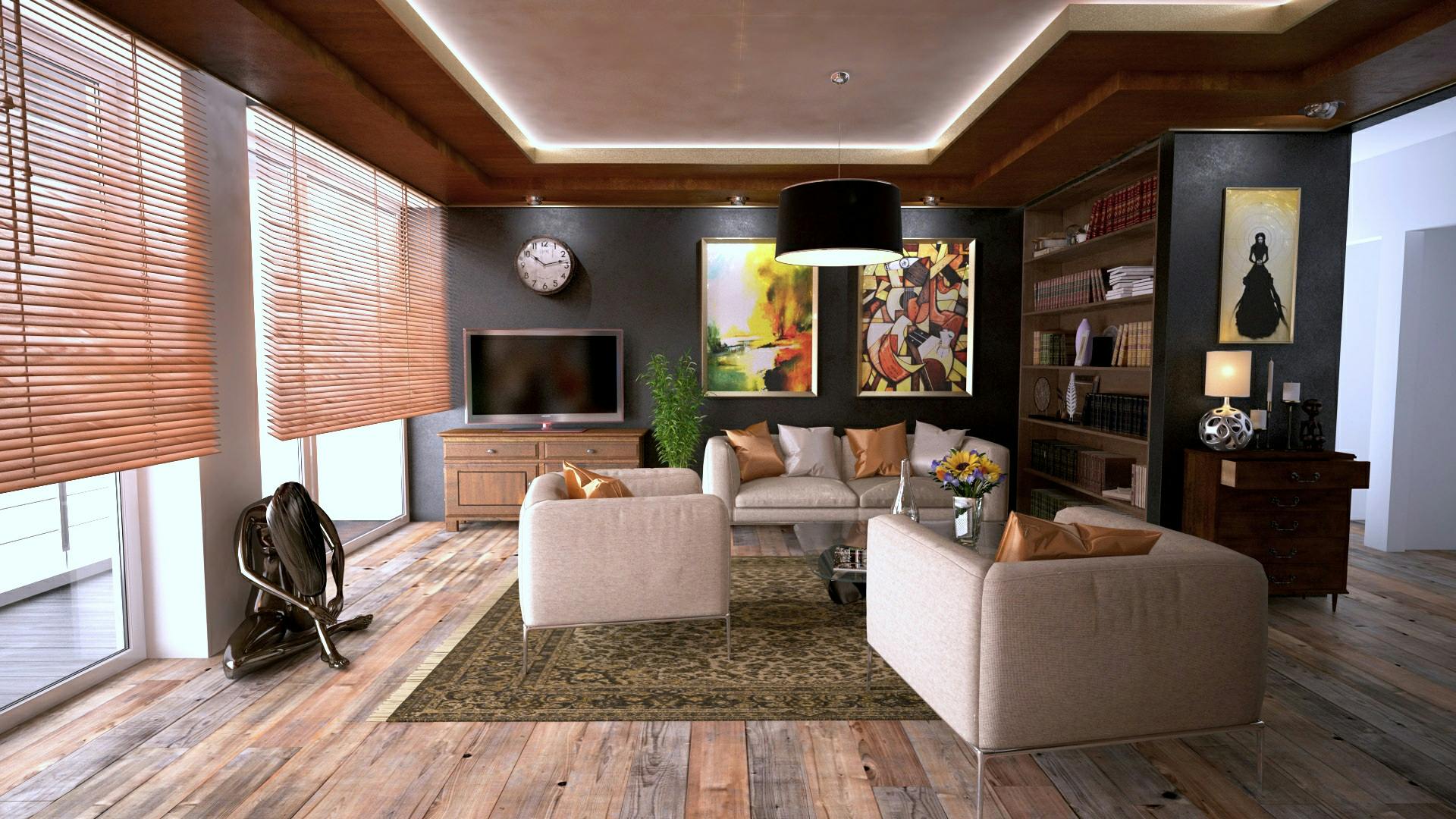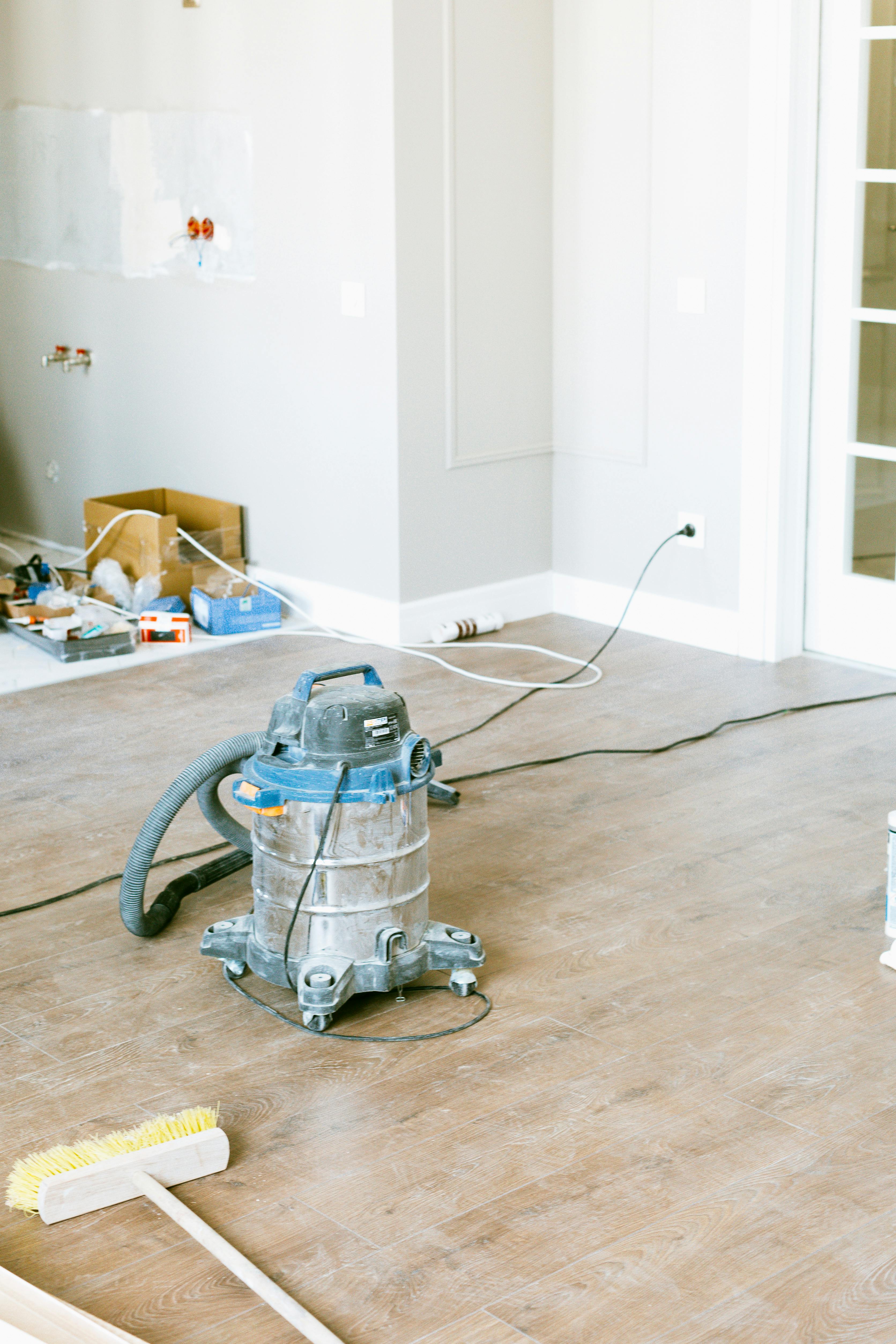Building Your Dream Home: A Homeowner's Guide
Discover practical advice on how to stay engaged throughout your home construction process.
Read Full ArticleTo redefine the construction and property management experience by integrating design into every phase of a project, enhancing the value and functionality of spaces. We are committed to making each project and property a true reflection of the owner's aspirations and lifestyle.
We put our clients' needs at the heart of every project.
We maintain transparency, honesty, and accountability in all our dealings.
We aim for perfection in every task, from construction to interior design to property management.
We believe in creating spaces that are not only beautiful but also sustainable and functional.
We always look for innovative solutions to meet our clients' evolving needs.
Our team offers comprehensive project management services, ensuring your construction project stays on track from start to finish. With a focus on interior design from the architectural phase, we ensure that every detail contributes to the desired function, feel, and aesthetics of your property.
Integrating design elements early to enhance space and functionality.
Monitoring construction to ensure that designs are being executed to perfection.
Offering bespoke interior design solutions that elevate your space.
We understand the unique challenges property owners face when managing their properties from abroad. Our concierge property management services cater specifically to diasporas who own property in Ghana.
Regular cleaning, seasonal landscaping, and minor repairs.
Ensuring your property always looks pristine, both inside and out.
Ongoing updates to keep your home stylish and functional.
Personalized support for property-related needs on request.
Explore our portfolio of completed and ongoing projects. Each project reflects our commitment to quality, attention to detail, and client satisfaction.
At Neek Avenue, we believe in empowering property owners, aspiring interior designers, and construction professionals with the knowledge they need to make informed decisions. Our EduHub is your go-to resource for tips, advice, and industry insights through blog posts and video content.

Discover practical advice on how to stay engaged throughout your home construction process.
Read Full Article
Learn essential tips for preserving your home's beauty and increasing its value over time.
Read Full ArticleWe're working on more valuable content to help you with your property journey.
Get Notified
Discover how regular maintenance can increase your property's value.
Watch on YouTube

Step-by-step guidance on planning and executing construction projects.
Watch on YouTubeWe'd love to hear from you. Whether you're interested in our project management services or need expert advice on property maintenance, we're here to help. Reach out today, and let's start transforming your space.